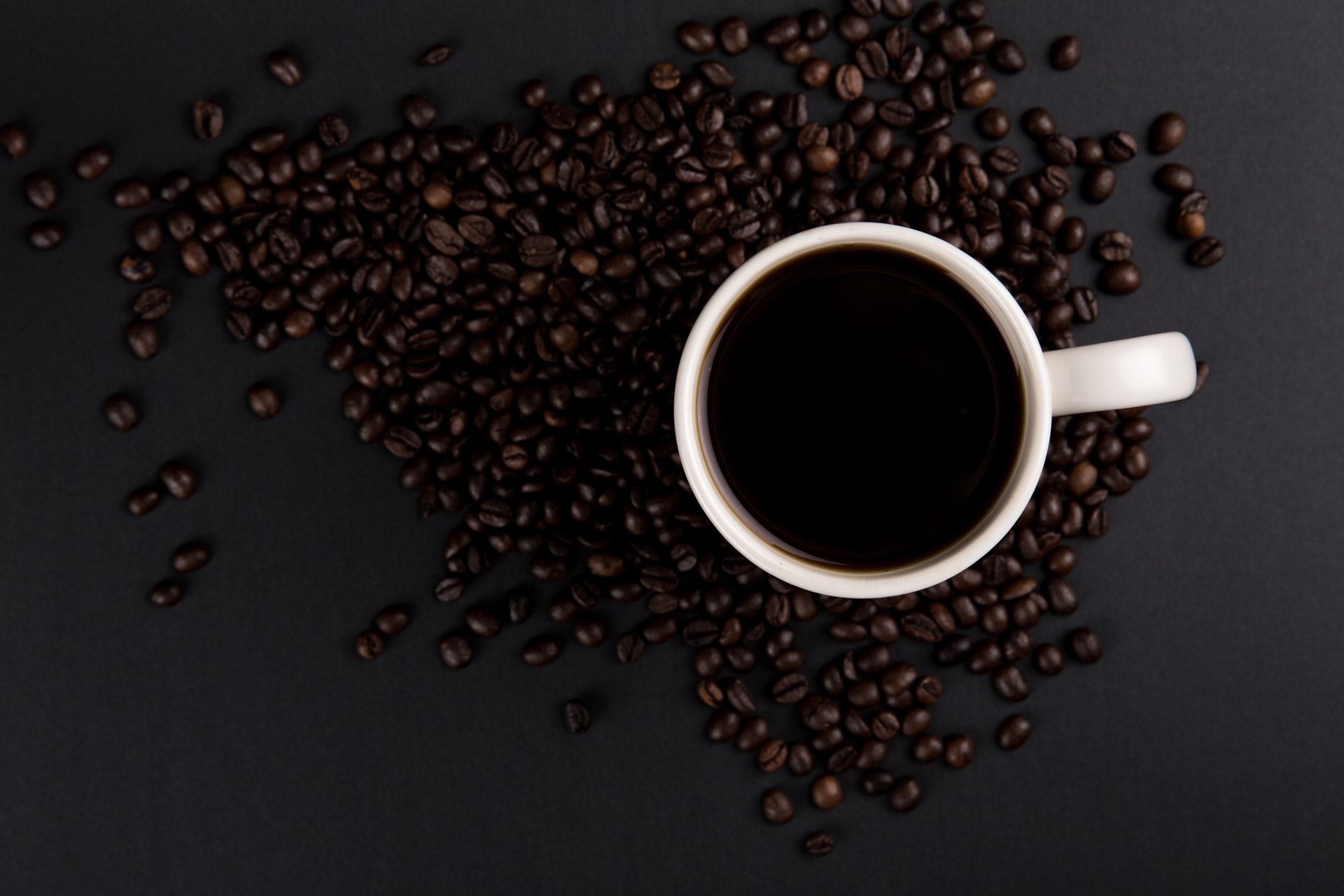Who says it’s the perfect cup?
Taking that sip from your day’s first cup of coffee is the best part of waking up. For a moment, whether you’re at home or at your favorite coffee shop, you breathe in that refreshing aroma while feeling the warmth of the morning sun and your worries temporarily melts away. Then the caffeine whacks your brain and you’re good to go.
And that is precisely why getting that first cup right is so important for any coffee-lover. Once you get that “perfect” cup, you won’t ever want to go back.
So what is the perfect cup?
Making the perfect cup of coffee will require the following: the right roast, the right water, the right grind, and the brewing method.
Although there really is no exact rule on when a roasted coffee is best consumed, you can count on a fresh roast to produce good results. What flavors you extract are entirely dependent on how porous the beans become over time and how they react to water. To know if your beans are stale, pay attention to how it pours in the cup. If you’re not seeing a slight foam that bubbles at the top of your cup – you’ve likely waited too long to use it. Also, choose how you want the roast. The lighter it is, the more acidity you’ll have, making the cup brighter. A dark roast will have less acidity but more body. A medium bodied cup will have a balance of both. Try to find that sweet spot.
Next, the temperature and quality of your water is what will matter most in determining a coffee’s flavor. Pour at a lower temperature (85°C) and you’ll extract fewer of the bean’s nascent flavor notes and end with a more bitter taste; pour at a higher temperature (96.1°C), and you’ll discover a coffee that’s extracted more from the bean. As for quality, the key to good cup depends on the hardness of the water used. The fewer the minerals in the water, the better it is. Try to invest in a top-shelf filter. The best water for coffee has a pH level in the 7 range.
As for the grind size, there is no one-size-fits-all for making a quality cup of coffee. What constitutes the “right grind” is entirely based on your taste preference. But you do need a grinder. The two basics to consider when grinding your coffee: Do you want a sweeter cup, and do you want a caffeinated cup? A finer grind – which means smaller particles with a larger surface area to slow the movement of water — will extract more of a coffee’s flavor notes, while a coarse grind will produce a cup that packs a Manny Pacquiao-level caffeine punch. Also, if you’re using an older roast, you’ll almost always want to aim for a finer grind to ensure you’re getting as much flavor as possible.
Finally, one of the biggest variables in how your cup comes out is what you’re using to pour. Use a Chemex – or any similar pour-over tool – and you’ll concoct a cup that’s silkier and generally more acidic. It’s the preferred method for coffees that have citrus or floral notes; with a Chemex filter, coffee is less exposed to water and all-around less bitter. By comparison, a French Press will produce an oilier, more full-bodied cup of coffee. Think: More velvet than silk. Because it’s a steeping method, you’re likely to get a more consistent taste with a French Press, regardless of roast or targeted coffee flavor notes. But it’s especially ideal for an earthier coffee. Percolators and batch brews, meanwhile, will offer a reasonably consistent result for your coffee, but also offer less control over the process. Meanwhile, an AeroPress – by all means it’s own beast to tackle – will give you more of a hybrid of the Chemex and a French Press methods, offering up an abundance of versatility with how it’s used.
Just like beauty is in the eye of the beholder, so too is the perfect cup of coffee. It’s the ultimate test of trial and error. Don’t be afraid to experiment with grind sizes, the type of roasts, water temperature, and brewing methods, and make sure to keep track of the results. Basically, let your taste buds be the judge.





